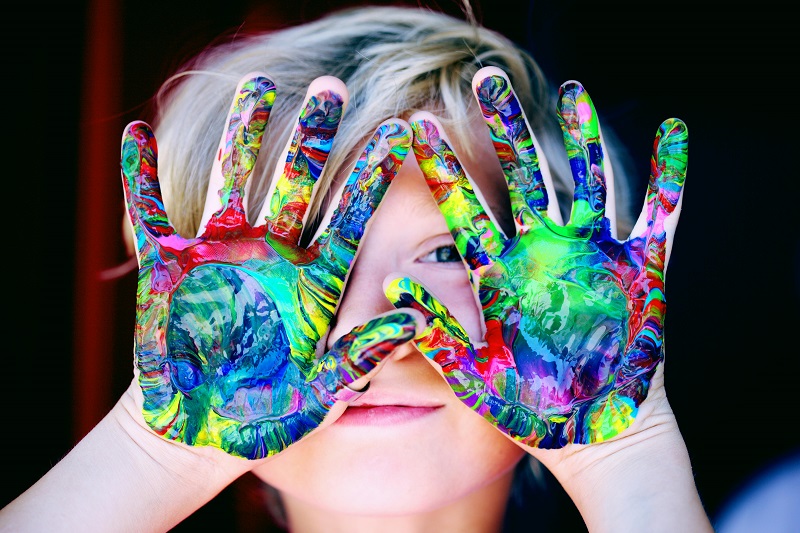Signs of autism in toddlers: Understanding Autism in Toddlers
Ever wondered if there is a checklist for understanding signs of autism in toddlers? This informative article aims to assist parents and caregivers recognize the signs.

While every child grows at their own pace, certain signs may suggest how a child is experiencing their world a little differently. Identifying the signs early can make a big difference in getting the right support.
Noticing a sign does not mean something is wrong with the child. It simply means the child is getting the right attention and is in safer hands.
Every child develops on different timelines. However, toddlers with autism might be slow in certain aspects. For instance, some children may have difficulty in communicating through gestures or might not be as responsive as neurotypical babies.
Newborns (0 to 3 Months)
At this stage, most newborns are beginning to show awareness of their surroundings. Some early signs of autism in toddlers to watch for may include:
- Not visually tracking moving objects or faces
- Overreacting or underreacting to loud sounds
- Minimal or absent facial expressions
- Difficulty recognizing faces
Infants (4 to 7 Months)
Between four and seven months, babies typically become more socially engaged and responsive. Signs of autism in infants that may indicate developmental differences include:
- Not turning toward sounds or voices
- Showing limited signs of affection
- Reduced or absent babbling and squealing
- Not smiling spontaneously or showing emotional expression
- Not reaching for or grasping objects
Infants (8 to 12 Months)
By this age, many babies begin communicating more intentionally through gestures and simple sounds. Potential signs in this stage may include:
- Limited or no use of gestures such as waving, pointing, or nodding
- Avoidance of eye contact or appearing disengaged
- Little or unclear speech development
- Not crawling or showing delayed motor skills
- Difficulty standing with support or appearing unsteady
It is important to note that noticing some of the above signs does not necessarily mean a child is on the spectrum. Every child grows at his/her own pace. Development delays happen for various reasons. However, if a need arises, it is always advisable to speak to a pediatrician or a child specialist. Remember, early support can make a huge difference.
Early intervention helps children with autism develop to their complete potential. It is to be noted, human brain especially during the early phase of development is able to respond more effectively to treatments.
Signs of autism in toddlers are a set of characteristics that are initially detected through careful observations. This is one of the major reasons why it is difficult to understand whether a child is on the spectrum especially in such a tender age.
With right support and tailored therapies, children on the autism spectrum can thrive alongside neurotypical babies. When met with patience, understanding, and access to the right resources, they have the space to grow, learn, and shine in their own unique ways. Every child holds the potential to contribute something valuable to their families, communities, and the world.
Additionally, one can also refer to the checklist of signs of autism in toddlers for further guidance.

About the author